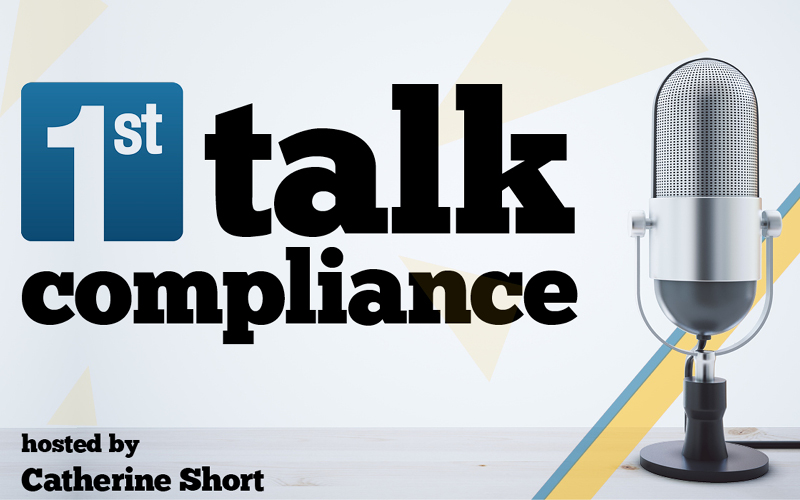Use the Safer Guides to Assess Your EHR Safety
The Safety Assurance Factors for EHR Resilience (SAFER) Guides developed by the The Office of the National Coordinator for Health Information Technology are a great tool to assess the safety of your EHRs. The self-assessment guides are divided into 3 groups : Foundational, Infrastructure and Clinical Process which are further divided into the following areas :
High Priority practices
Organizational Responsibilities
Contingency Planning
System Configuration
System Interfaces
Patient identification
Computerized Provider Order Entry with Decision Support
Test Results Reporting and Follow-Up
Clinical Communication
The checklist format allows the provider or organization to see how they compare with the ONC’s evidence based -recommended practices . Each of the areas has a Practice Worksheet which explains why these practices are recommended, how best to implement these practices and who might need to be involved with the process. This self-assessment identifies risk areas and allows the user to potentially mitigate any significant EHR issues. Team worksheets are also available for a multi-disciplinary approach.
Throughout this evaluation, there will be many topics related to the HIPAA Security Rule (ex. contingency planning), however completion of the SAFER guides will not assure complete compliance with HIPAA regulations.
Please access the SAFER guides using:
http://www.healthit.gov/policy-researchers-implementers/safer



